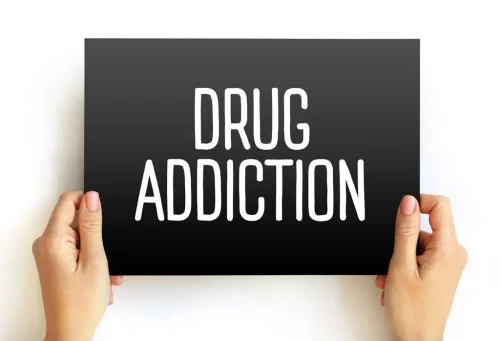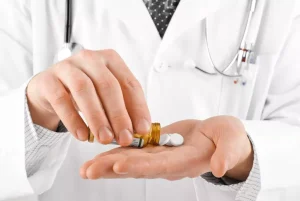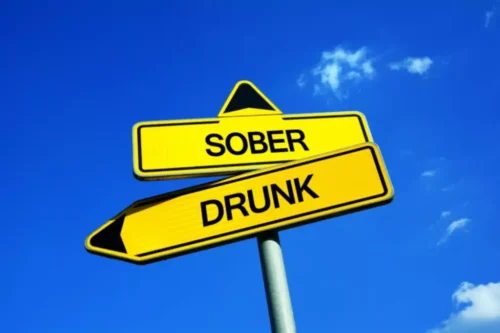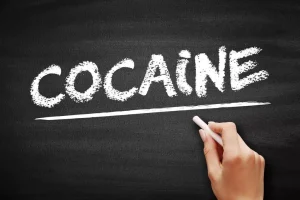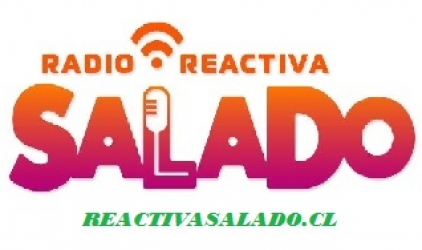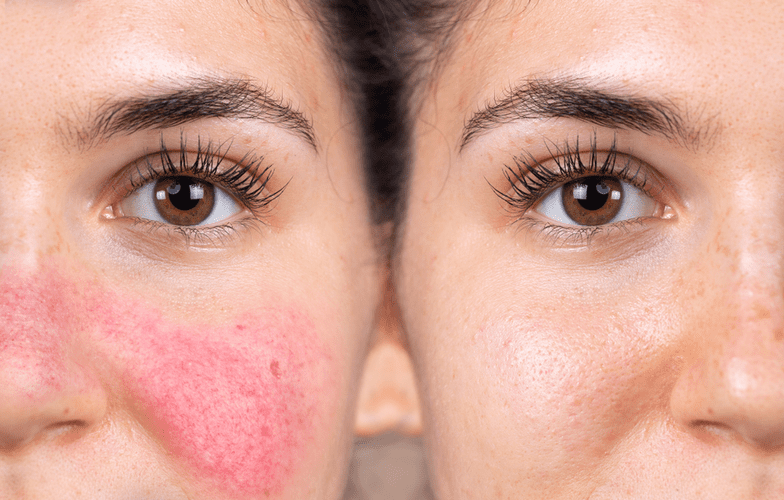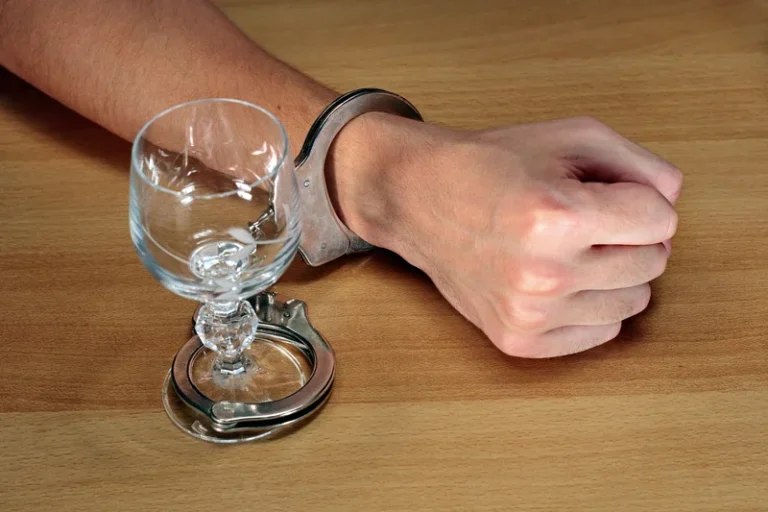
But there are ways that alcohol affects your body over time that are important to understand. One of the long-term effects of alcohol on your heart is alcoholic cardiomyopathy. This is when your heart-pumping function how to stop taking gabapentin: 6 simple steps to safely wean off gets weaker and your heart gets larger due to changes from heavy alcohol use over a long period of time. On average, a regular heart rate is about 60 to 100 beats per minute when your body is at rest.
What to know about alcohol and blood pressure
Pancreatitis can be a short-term (acute) condition that clears up in a few days. But prolonged alcohol abuse can lead to chronic (long-term) pancreatitis, which can be severe. That’s because your body the ultimate guide to microdosing psychedelics already has processes in place that allow it to store excess proteins, carbohydrates and fats. So, your system prioritizes getting rid of alcohol before it can turn its attention to its other work.
Koskinen 1991 published data only
We classified the remaining 33 studies as having low risk of bias because heart rate was measured and reported. Chen 1986 reported that two participants in the alcohol group dropped out of the study for unknown reasons, so data analyses were based on eight participants in the alcohol group and on 10 participants in the control group. Because the reasons behind withdrawal were not mentioned in this study, we considered this study to have high risk of bias.

Ways to lower blood pressure naturally
Heavy alcohol use may increase your risk of brain aneurysms, especially if you have additional risk factors, such as advanced age and high blood pressure (hypertension). This increase in heart rate can also lead to «holiday heart syndrome,» Dr. Mintz says. «In the 24 to 48 hours after you drink, you can experience irregular heartbeats.» This was first noticed in emergency rooms after New Year’s Eve, a night known for celebratory — and sometimes excessive — alcohol consumption. Older adults — drinkers, nondrinkers, it doesn’t matter — are already at risk for hypertension. Research suggests that 74.5 percent of people 60 and older have high blood pressure, compared with 54.5 percent of adults ages 40 to 59.

Prolonged drinking can cause alcoholic cardiomyopathy
A healthcare professional can help a person find treatment and support to help them stop drinking or lower their intake. A doctor may recommend a person with hypertension not to consume energy drinks. Research from 2019 found that drinking 32 ounces (oz) of energy drink in an hour could increase blood pressure.
“Some of the new diabetes medications have a diuretic effect, and that could cause dehydration” in people with diabetes, Vaishnava says. Research shows that regular use of acetaminophen can raise blood pressure, as can nonsteroidal anti-inflammatory drugs (NSAIDs), including ibuprofen and naproxen. If you already have high blood pressure, NSAIDs can prevent several common meds such as ACE inhibitors and diuretics from doing their job. And if you have a history of high blood pressure, it’s best to avoid alcohol completely or drink only occasionally, and in moderation. Since the kidneys excrete a tenth of ingested alcohol, toxicity in these organs is expected, which could enhance inflammation and renal damage in hypertensive patients.
Alcohol has been a part of almost every human culture for a very long time (McGovern 2009). According to the World Health Organization (WHO), around 2.3 billion people globally drink alcohol, alcohol and seizures can alcohol or withdrawal trigger a seizure and most of them are from the European region. On average, drinkers consume 32.8 grams of pure alcohol per day, and beer (34.3%) is the most consumed alcoholic beverage (WHO 2018).
The hypertensive effect of alcohol after 13 hours of consumption could be the result of the rise in vasoconstrictors and the homeostatic response to restore blood pressure. Plasma renin activity was reported to be increased in Kawano 2000 as a late effect of alcohol consumption. Both reviewers (ST and CT) rated the certainty of evidence independently by examining risk of bias, indirectness, inconsistency, imprecision, and publication bias. Both review authors (ST and CT) rated the certainty of evidence independently by examining risk of bias, indirectness, inconsistency, imprecision, and publication bias.
However, they excluded studies for which the duration of BP observation was less than 24 hours and articles published in non‐English languages. We believe that inclusion of those studies will provide useful information about the dose‐related magnitude and time‐course effect of alcohol on blood pressure in people with both normal and elevated blood pressure. Hypertension can be genetic or may be due to environmental factors such as poor diet, obesity, tobacco use, excessive alcohol consumption, and sedentary lifestyle (Weber 2014; WHO 2013).
Liji practiced as a full-time consultant in obstetrics/gynecology in a private hospital for a few years following her graduation. She has counseled hundreds of patients facing issues from pregnancy-related problems and infertility, and has been in charge of over 2,000 deliveries, striving always to achieve a normal delivery rather than operative. One unit of alcohol is around 8g, which is 56kcal or the equivalent calories of one custard cream.

Personnel were blinded instead of participants in Karatzi 2013, and neither personnel nor participants were blinded in Agewall 2000, so we assessed these studies as having high risk of bias. We conducted a standard Chi² test through Review Manager Software 5.3 to test for heterogeneity (Review Manager (RevMan)). A P value of 0.1 or less was considered to show statistically significant heterogeneity. The I² statistic was used to interpret the level of heterogeneity (Higgins 2011). For the purposes of this review, if I² was greater than 50%, it was considered to show a substantial level of heterogeneity. Furthermore, we visually inspected the forest plot to check whether there were any non‐overlapping confidence intervals indicating heterogeneity.
A 2018 study, echoed by the World Health Organization (WHO), concluded that no amount of alcohol is safe for consumption, as alcohol leads to a loss of healthy life. Drinking frequently or binging on a large amount of alcohol in a small period of time can lead to health problems. For the planned subgroup analysis based on sex, no studies reported male and female participant data separately. Therefore, we were unable to perform a subgroup analysis based on the sex of participants. It is important to note that 2 out of 19 studies were single‐blinded (Agewall 2000; Karatzi 2013).
While some people develop a tolerance to alcohol over time, this isn’t true for everyone — and this ability doesn’t last forever, Dr. Cho notes. But it may be worthwhile learning about what counts as binge drinking and whether or not you may be drinking too much and don’t even know it. For a lot of people on long-term medications, alcohol can make the drug less effective. Those who drink regularly and consume more than the lower risk guidelines are likely to be advised to cut down or stop drinking completely.
They can detect changes in blood pressure and can maintain blood pressure by controlling heart rate, contractility, and peripheral resistance. Acute administration of alcohol stimulates the release of histamine and endorphin, which interferes with baroreflex sensitivity (Carretta 1988). This aims to support essential bodily functions, including temperature regulation, nutrient transportation, and waste elimination. However, individual needs may vary, and it is crucial to adjust water intake based on personal activity levels and environmental circumstances (say, if you’re spending time outside during a heat wave). Your BAC level measures the amount of alcohol in your blood, therefore traveling through your body to every organ, including your brain.
- For low doses of alcohol, we found that one glass of alcohol had little to no effect on blood pressure and increased heart rate within six hours of drinking.
- The evidence synthesised in this review was collected from 32 RCTs in 767 participants.
- “It can exacerbate depression, increase blood pressure, and lead to cardiac arrhythmias,” Koob says.
- Psychologically, however, many people feel low in mood after they’re discharged home, especially following open heart surgery.
Not only does smoking increase your risk of developing multiple brain aneurysms, but it’s also been linked to a higher risk of rupture if you already have one. Researchers also found that there was a correlation between higher risk of a rupture and the number of drinks per day. This further supports the need for quitting drinking if you receive a diagnosis of a brain aneurysm.
However, chronic kidney disease appears to be less common among drinkers. “Alcohol consumption might affect left ventricular diastolic properties, even in nonalcoholic patients,” say the researchers. Medications such as statins that act directly on the liver can cause further damage when combined with alcohol. Even a small amount can affect important functions like speech and movement.
Karatzi 2005 mentioned the method of blinding of participants, but it is not clear whether involved personnel were blinded as well. The method of blinding of participants and personnel was not mentioned in Dumont 2010, Mahmud 2002, and Maule 1993. In Cheyne 2004, participants were blinded to the content of the drink, but some reported that they were able to detect the alcohol by taste at the end of the study. We classified six studies as having low risk of performance bias (Dai 2002; Narkiewicz 2000; Nishiwaki 2017; Potter 1986; Rosito 1999; Van De Borne 1997).
